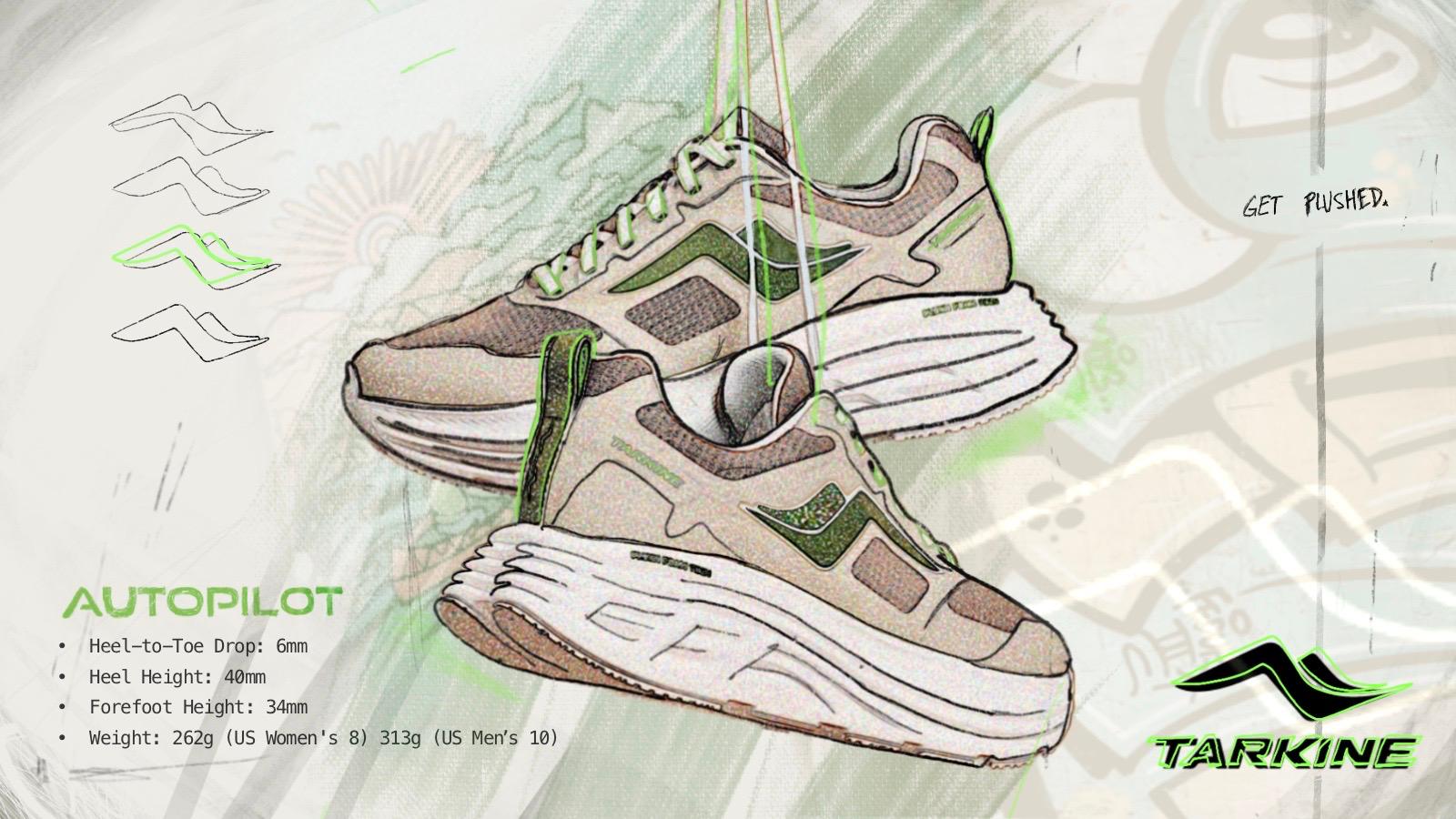Perhaps because of the alliteration, “flat feet” sounds like something that came out of a comic book and not a fitness injury that needs your attention. In addition to its rather funny sound, fallen arches are not terribly painful, at least when compared to plantar fasciitis and some other more serious conditions.

Yet if left untreated, fallen arches contribute to a wide variety of fitness injuries that can significantly disrupt a fitness plan.
The Warning Signs of Fallen Arches
As many as eighteen million Americans suffer from some form of fallen arches, mostly because the condition has so many different causes. Some of them include:
-
Birth defect,
-
Obesity,
-
Tendon injury (usually due to a combination of overuse and poor posture),
-
Broken bones,
-
Diabetes, and
-
Certain nerve conditions.
If your feet get tired quickly and hurt on the bottoms, you might have fallen arches. If your wet feet make prints of your entire foot as opposed to just the ball and heel, you almost definitely have fallen arches.
Advanced flat feet cases often require surgery to correct. But for the most part, fallen arches are treatable at home. A specially-designed arch support is probably the best option. In addition to supporting the arch and preventing further damage, most of these braces can also help the tendons heal, thus preventing future cases. Arch supports are also easy to use. Just slip it over your foot in the morning and go about all your daily activities.
Shin Splints
Fallen arches often cause this condition because collapsed arches create undue stress on the tibialis (muscles which connect the foot and the lower leg). That force causes the muscle fibers to peel away from the bone. The inflamed muscles create pain that starts in the foot and then moves up to the lower leg along the primary tendon.
Medial Tibial Stress Syndrome (MTSS) is essentially generalized inflammation which may be in the bones, muscles, tendons, or any combination thereof. Shin splints are especially common among runners who are either beginning or accelerating their fitness programs. Prevention is usually the best treatment. But if you do develop shin splints, consider changing your footwear to improve support and cross-training to reduce stress on the inflamed muscles. The RICE approach (rest, ice, compression, and elevation) often works well too.
Achilles Tendonitis
Hyperpronation (fallen arches and the rolled ankles that often occur as a result) is one of the leading causes of Achilles tendonitis. When the heel leans in, it strains the tendons and eventually causes micro-tears around the back of the heel. Over time, even slight hyperpronation almost always causes Achilles tendonitis. In many ways, you can’t have one without the other.
Since the Achilles tendon is the longest one in the body, it’s also extremely vulnerable to fitness injuries. Pain is usually localized in this area; the discomfort is particularly acute in the morning and after vigorous activity. If you can put weight on your foot, however painful it is, your Achilles tendon is probably just inflamed. If that’s not possible, and if you heard a “popping” sound at the time of injury, the tendon is probably torn.
Hammertoe
If the arch is out of place, the tendons around the toes often become strained. As a result, the affected toes do not straighten out and remain elevated at an odd angle. This condition, which feels just about as painful as it sounds, is often permanent.
Surgery is essentially the only corrective option, so prevention is key. At the first sign of toe deformity or discomfort, add the aforementioned arch support to your footgear. There are also some stretches that should strengthen the tendons. In addition to hammertoe, these exercises are useful in all kinds of tendon injuries.
Always treat your fallen arches to not only relieve the immediate pain but also prevent more serious conditions.






















